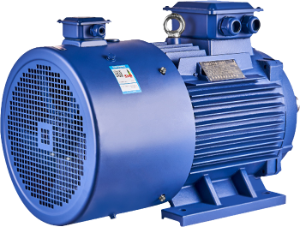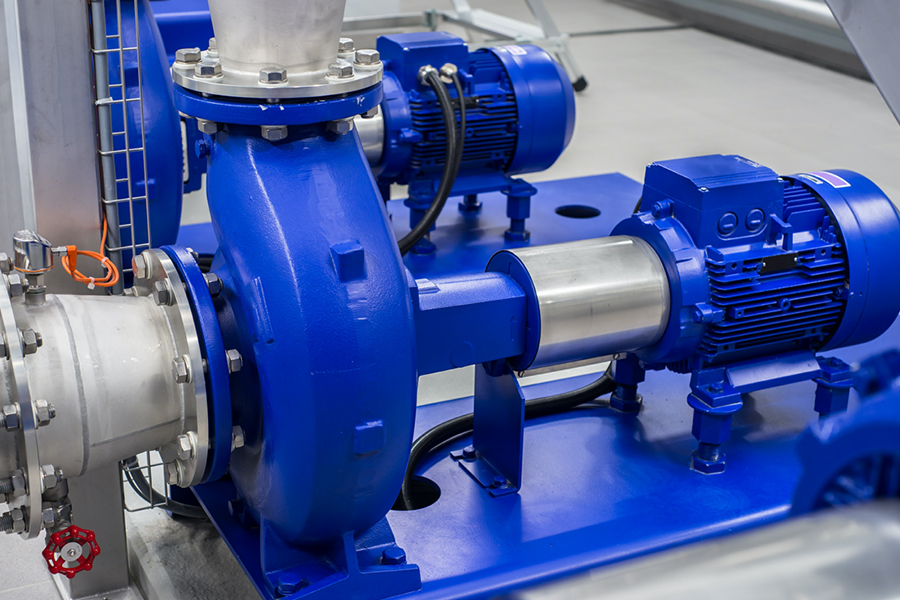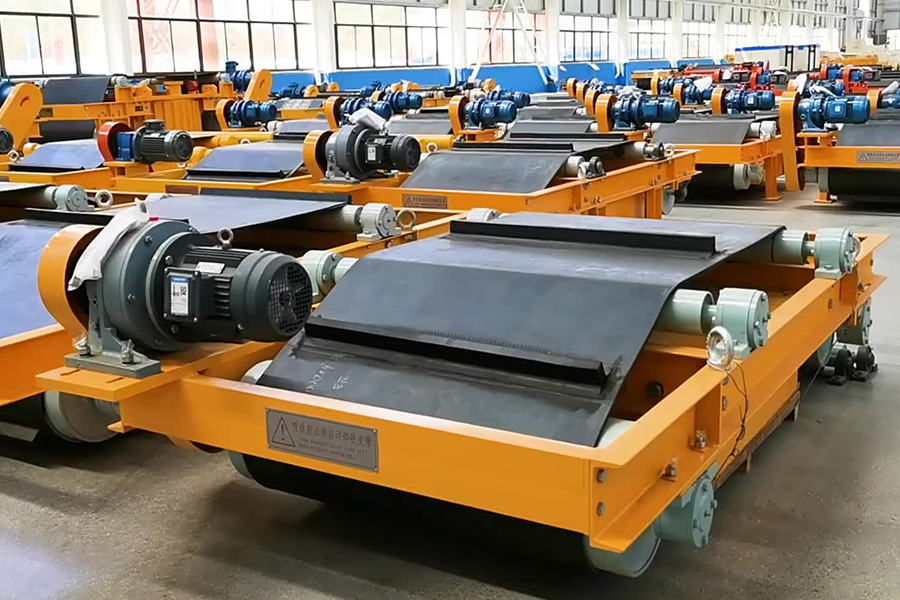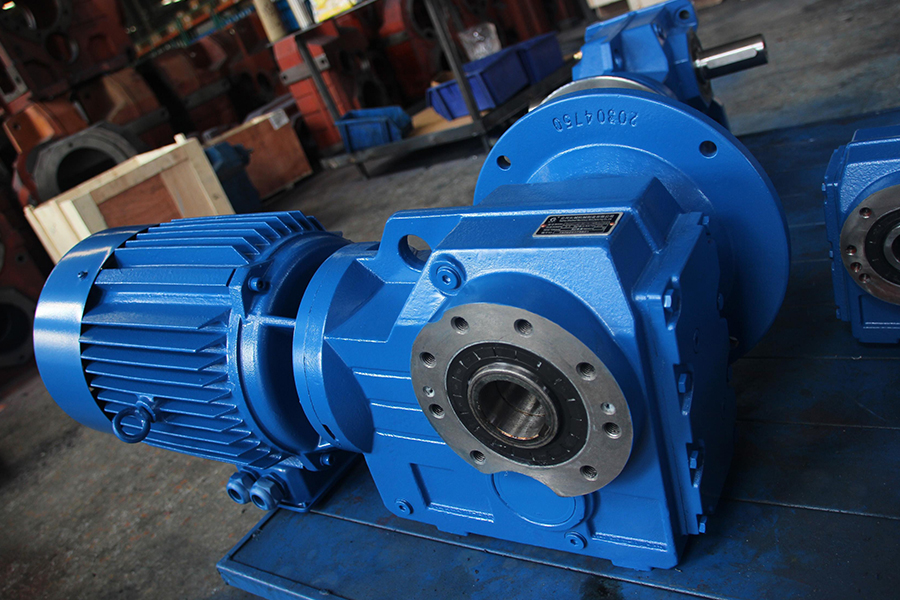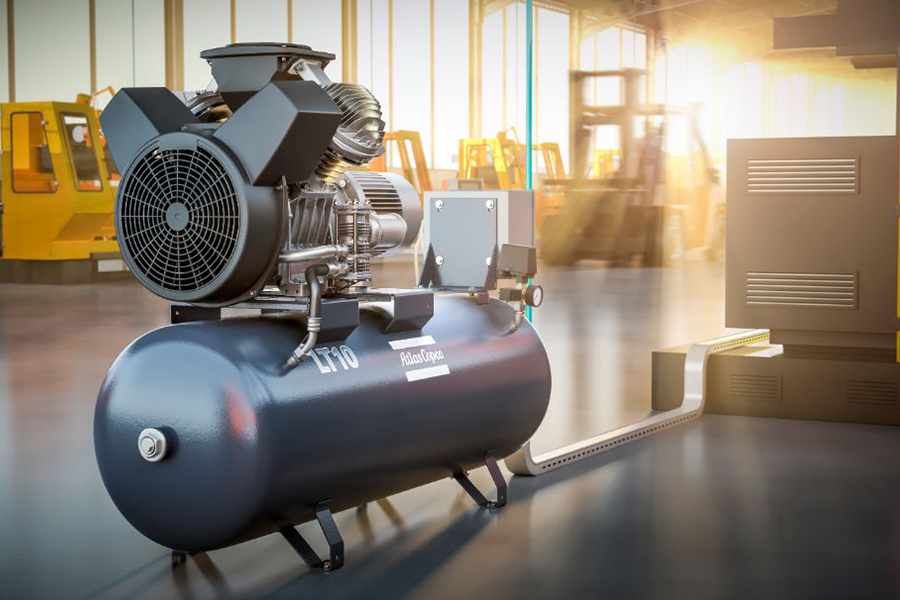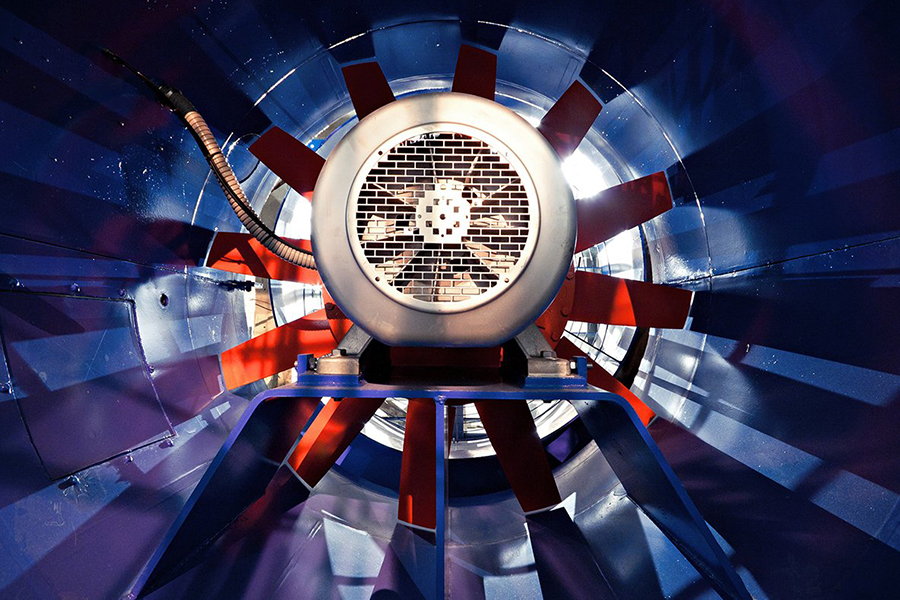In today's corporate landscape, energy efficiency is a crucial goal, with businesses increasingly turning to Energy Saving Motors and Frequency Conversion Motors to reduce energy consumption and operational costs. This guide provides practical insights into choosing the right motor type for your business, detailing essential factors like load characteristics, energy efficiency grades, maintenance costs, and more. By understanding the differences and applications of these motors, businesses can make informed choices to improve efficiency and sustainability.
1. What are Energy Saving Motors and Frequency Conversion Motors?
Energy Saving Motors are designed to operate with energy efficiency, typically achieving high energy savings across diverse industrial applications. They minimize power losses and offer a higher efficiency rating than standard motors, helping businesses reduce their carbon footprint.
YVP Frequency Conversion Speed Control Series Motors
Frequency Conversion Motors (also known as variable frequency drive motors) use frequency conversion technology to adjust motor speed and torque based on load requirements. This technology provides businesses with flexibility in operations, as the motor's speed adapts to changes in demand, significantly reducing energy wastage during low-load operations. Together, these motors offer substantial benefits for businesses aiming to streamline energy usage.
2. Key Considerations in Choosing the Right Motor
When selecting between an Energy Saving Motor and a Frequency Conversion Motor, businesses should evaluate the following factors to ensure performance and cost-effectiveness:
Load Characteristics
Understanding load type is essential in motor selection:
*Constant Load Applications: For processes with stable demand (such as conveyor belts or pumps), an Energy Saving Motor might be the choice, as it offers consistent efficiency.
*Variable Load Applications: In cases where load demand fluctuates, a Frequency Conversion Motor is more effective. By adjusting speed according to load, it reduces unnecessary energy consumption.
Energy Efficiency Ratings
An Energy Saving Motor typically has a high energy efficiency rating (e.g., IE3 or IE4), indicating lower power losses and higher performance. Investing in motors with higher efficiency grades can provide long-term savings, especially for companies with heavy-duty, continuous operations.
Similarly, a Frequency Conversion Motor allows for better control over energy usage by varying speed based on load. While it may not carry a specific efficiency rating, its energy-saving potential lies in its ability to prevent energy waste under low-load conditions.
Maintenance Costs and Requirements
Energy Saving Motors generally require less maintenance than traditional motors, reducing long-term operational expenses. Frequency Conversion Motors, however, may require slightly more frequent maintenance, as their speed variation mechanisms can increase wear on parts. Nevertheless, they offer significant savings by lowering energy bills, which often offsets these maintenance costs.
3. Application Cases: Choosing the Right Motor for Different Business Needs
Case 1: Manufacturing Facility with High Energy Demand
A large manufacturing facility operating continuously can benefit from installing Energy Saving Motors. In an environment with consistent demand, these motors maintain high efficiency, reducing electricity usage without the need for speed adjustments.
Case 2: HVAC Systems in Commercial Buildings
Heating, ventilation, and air conditioning (HVAC) systems have varying load demands based on temperature changes throughout the day. For these systems, a Frequency Conversion Motor is ideal, as it allows the motor to adjust to the HVAC load, providing the necessary power only when needed. This adjustment capability results in substantial savings and lowers the building's overall energy footprint.
Case 3: Water Pumping Stations
Water pumping stations often experience variable demand throughout the day, depending on municipal needs or production processes. A Frequency Conversion Motor provides the flexibility to meet this demand, ensuring adequate water supply while conserving energy.
Pumping stations with frequency conversion setups have reported energy savings of up to 35%, thanks to the motor's ability to decrease speed during low-demand periods. This adaptability not only conserves power but also extends motor life by reducing strain.
4. Expected Energy Savings and ROI from Motor Upgrades
Switching to an Energy Saving Motor or a Frequency Conversion Motor can yield impressive energy savings. While initial investments may be higher, the reduced energy consumption often leads to a quick return on investment (ROI), typically within two to three years.
*Energy Saving Motors: For consistent-load operations, companies can see savings of 15-25% on energy costs. This not only reduces expenses but also enhances environmental sustainability.
*Frequency Conversion Motors: By adjusting output based on demand, these motors can achieve energy reductions of 30-50% in variable-load applications. This level of savings is particularly beneficial for companies with high energy costs or strict energy efficiency targets.

 English
English 中文简体
中文简体 عربى
عربى



